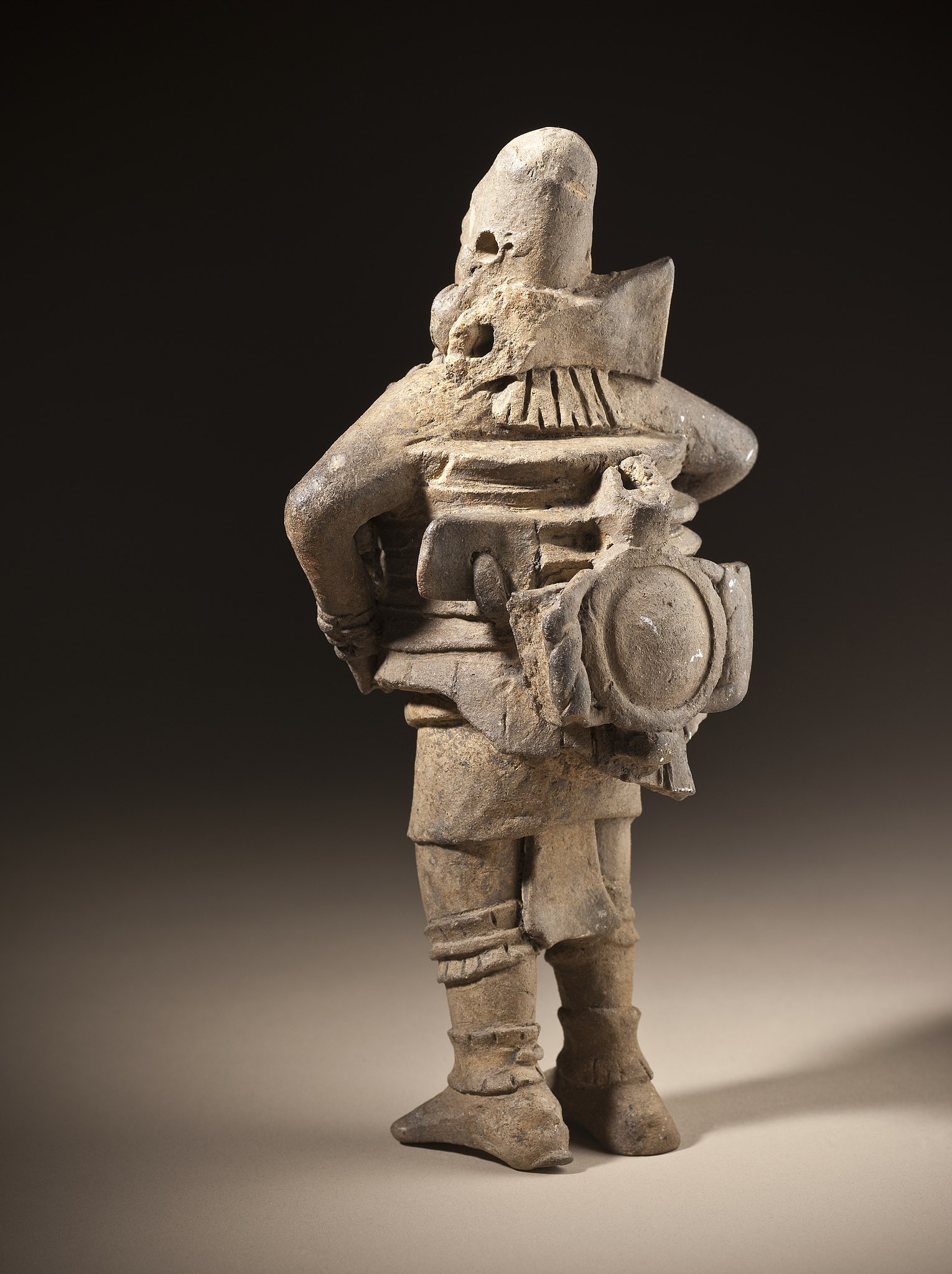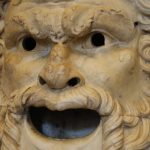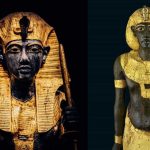Mesoamerican Ball Player
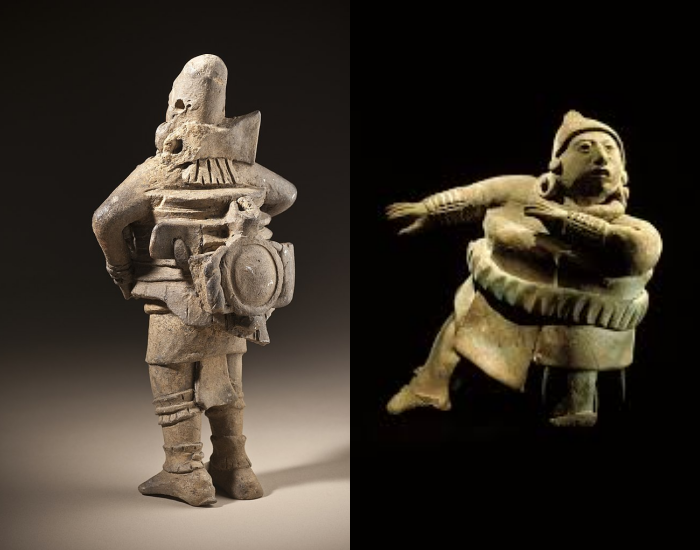
This ballplayer figure in costume comes from the Northern Petén region of Guatemala and dates to 550–850 C.E., during the height of the Classic Maya civilization.

This Mayan ceramic figurine, discovered in Guatemala, represents a Mesoamerican ballgame player, an athlete participating in one of the most ancient and symbolic sports of the Americas. The Mesoamerican ballgame, first played by the Olmec around 1600 BC, was later adopted by the Maya, Aztec, and other regional cultures, each developing its own variations—some with ritual and sacrificial significance.
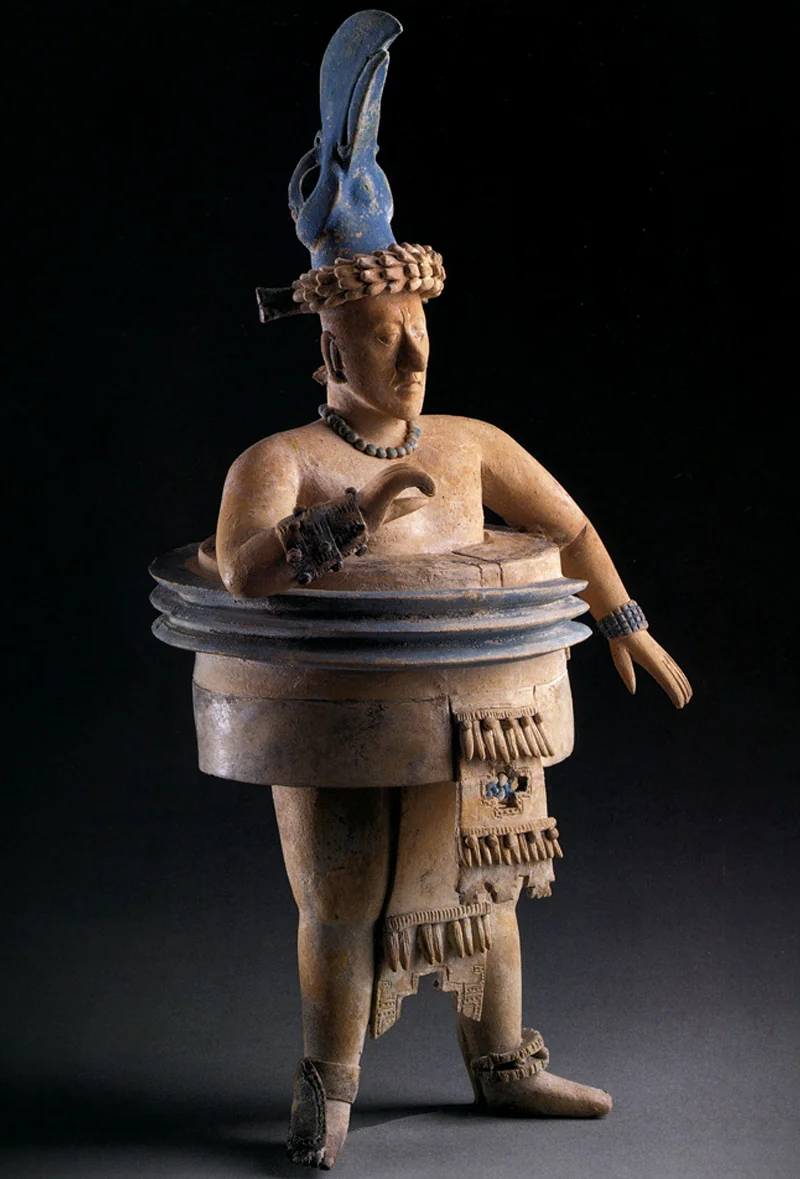
The game involved striking a rubber ball back and forth using the hips, thighs, and chest, without allowing it to touch the ground, much like a combination of volleyball and soccer. The figurine shows the player equipped with a thick protective belt, likely made of leather, to shield the hips from impact during play. This depiction not only highlights the athleticism and ceremonial importance of the sport but also offers insight into the religious and social life of ancient Mesoamerican civilizations.
